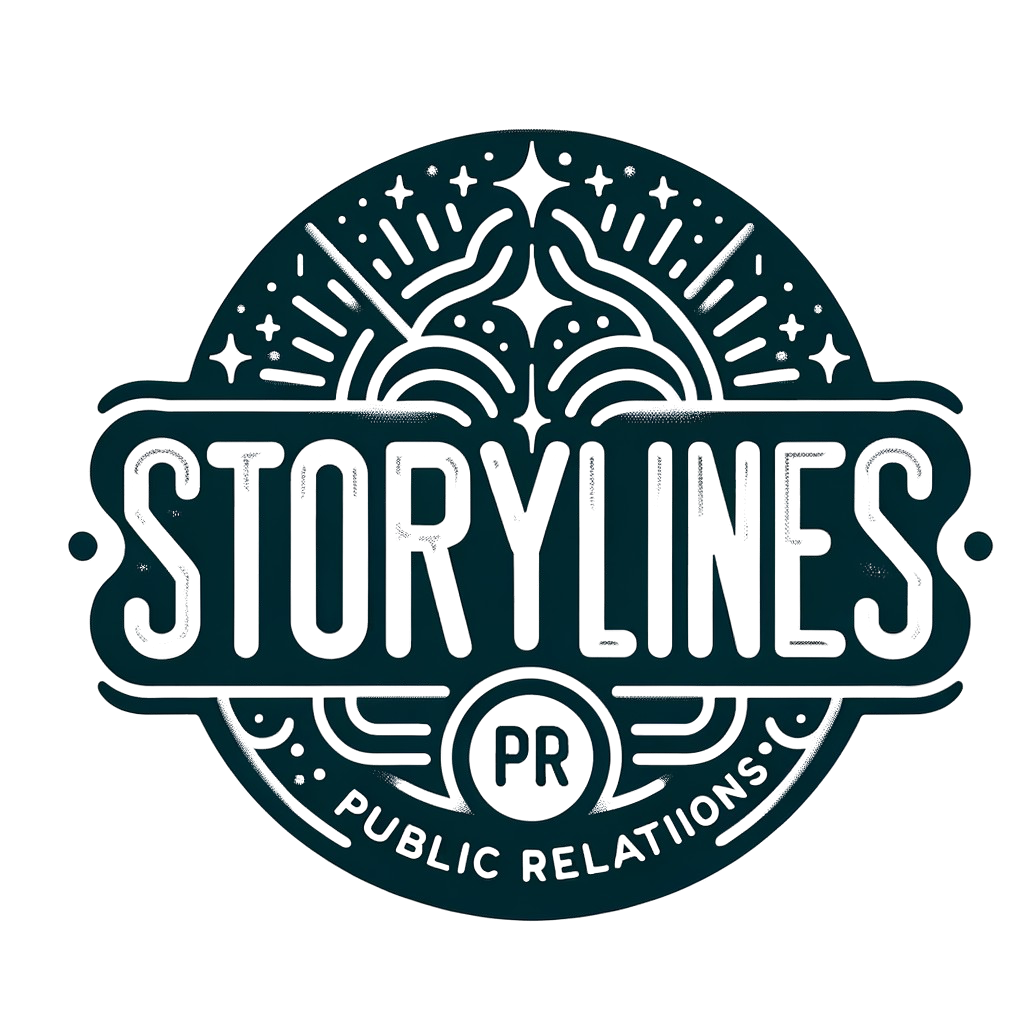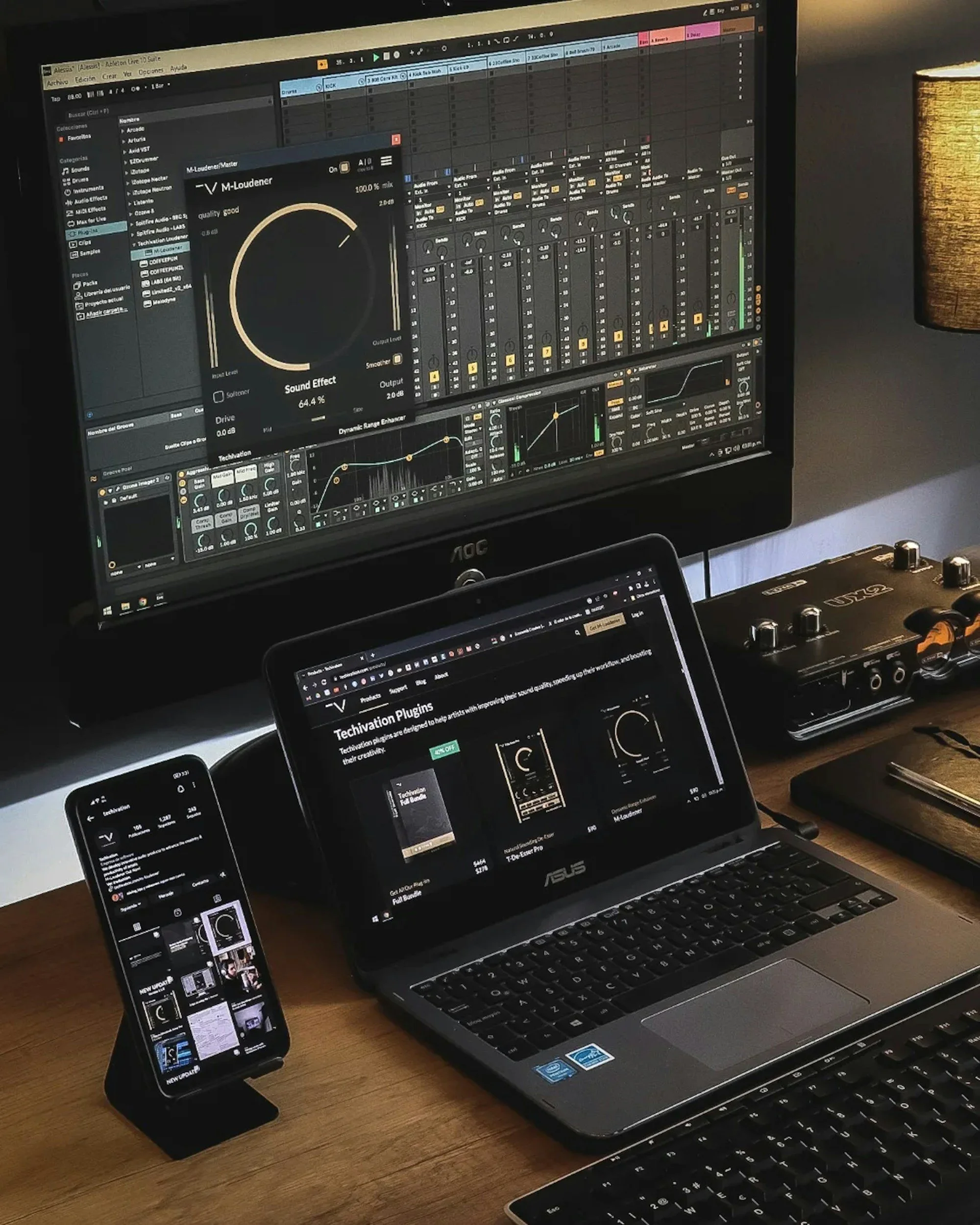VST PLUGIN LAUNCH STRATEGY
Promoting a VST plugin requires a multi-faceted approach to reach music producers, sound designers, and hobbyists. Below is a detailed promotional strategy to maximize visibility and drive sales:
Pre-Launch Phase: Build Anticipation
a. Teasers and Sneak Peeks
Share short videos on social media highlighting key features without revealing too much.
Post “coming soon” announcements with visuals of your plugin’s interface and hints about its capabilities.
b. Beta Testing Program
Invite select producers and influencers to test the plugin early. Offer free access in exchange for feedback and testimonials.
Use beta testers’ testimonials in your promotional material.
c. Landing Page Creation
Develop a dedicated landing page with a countdown timer, feature highlights, and a signup form for early access or launch notifications.
Launch Phase: Create a Buzz
a. Press Release Distribution
Send a professional press release to top music production websites and blogs like MusicRadar, Sound on Sound, and Gearspace.
Include high-quality screenshots, feature lists, and a compelling value proposition.
b. Influencer Collaborations
Partner with YouTube creators, TikTok influencers, and Instagram music producers to create demos, tutorials, and reviews of your plugin.
Sponsor content that showcases real-world use cases, such as making beats or soundscapes.
c. Social Media Campaigns
Run paid ads on Facebook, Instagram, and YouTube targeting producers and musicians.
Use hashtags like #VSTPlugin, #MusicProduction, and genre-specific terms to increase organic reach.
d. Launch Event or Webinar
Host a live-streamed event on platforms like YouTube or Instagram, showcasing the plugin’s features and inviting viewers to ask questions in real time.
Post-Launch Phase: Sustain Interest
a. Tutorial Content
Create and share tutorials on your website, YouTube, and other platforms to help users get the most out of your plugin.
Collaborate with well-known educators or producers to create these tutorials.
b. User-Generated Content (UGC)
Encourage users to share tracks made using your plugin with hashtags and tag your brand. Feature the best ones on your channels.
c. Community Engagement
Build a user community on Discord, Reddit, or Facebook Groups where users can exchange ideas, presets, and tips.
Regularly engage with the community by answering questions and sharing tips.
d. Email Marketing
Send follow-up emails with tips, updates, and exclusive offers to your subscribers.
Include case studies or success stories from early adopters.
Ongoing Marketing: Keep the Momentum
a. Seasonal Promotions
Run discounts or bundle deals during key periods like Black Friday, Cyber Monday, and holiday seasons.
Offer free updates or sound packs as incentives to boost loyalty.
b. Collaborations and Partnerships
Partner with DAW (Digital Audio Workstation) companies or other plugin developers for cross-promotional campaigns.
Collaborate with artists to create exclusive presets for your plugin.
c. SEO and Content Marketing
Publish blog articles on topics like “How to Use [Your Plugin Name] for [Specific Genre]” to attract organic traffic.
Use targeted keywords to ensure your plugin ranks high in search results for related queries.
Key Metrics to Track
Website Traffic: Monitor the number of visitors to your landing page.
Social Media Engagement: Track likes, shares, and comments on teaser posts.
Sales Data: Analyze sales during launch and promotional periods.
User Feedback: Collect and act on user reviews to improve the plugin and future campaigns.

